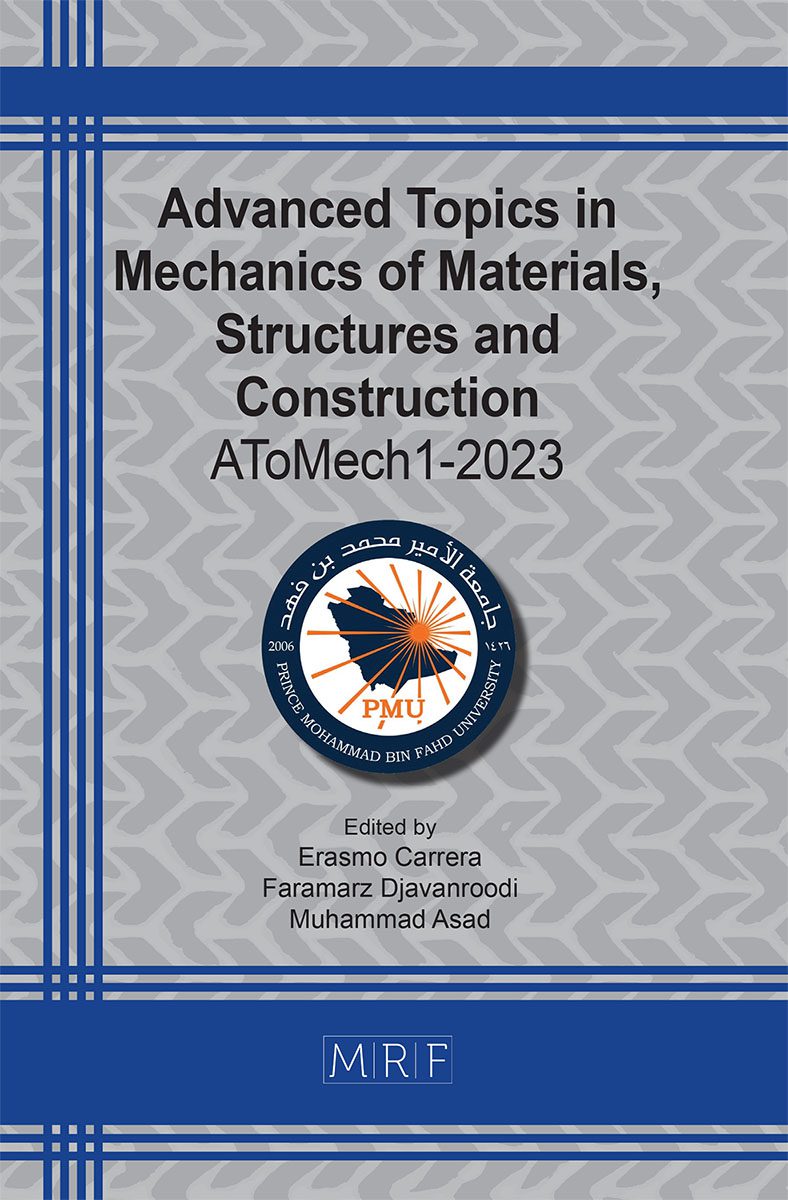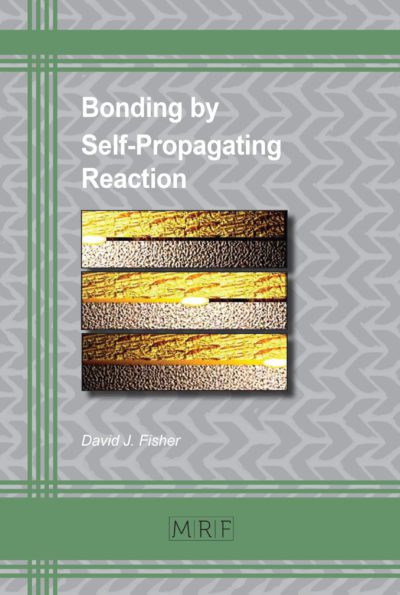Design of an automated cleaning system for solar panels
Mounir Bouzguenda, Bader Bashmail, Mohammed Ben Youssef Al-Khaldi, Nasser Al-Jafar, Saad Al-Jasim, Mohammed A. Al Aqil
download PDFAbstract. This project involves the design of an automated system for solar panel cleaning. The purpose of the design is to reduce the effect of dust on solar PV efficiency. The result is an increase in the efficiency of panel power output by 6.89%. The system is useful in the solar panel field where the system can be operated for a long time without human intervention. It measures and records current, voltage, temperature, radiation, and humidity. The measured data are sent to the designated supervisor.
Keywords
Maximum Power Point, KSA 2030 Vision, Automated Cleaning System, Arduino-based Controller, Sensors
Published online 8/10/2023, 7 pages
Copyright © 2023 by the author(s)
Published under license by Materials Research Forum LLC., Millersville PA, USA
Citation: Mounir Bouzguenda, Bader Bashmail, Mohammed Ben Youssef Al-Khaldi, Nasser Al-Jafar, Saad Al-Jasim, Mohammed A. Al Aqil, Design of an automated cleaning system for solar panels, Materials Research Proceedings, Vol. 31, pp 408-414, 2023
DOI: https://doi.org/10.21741/9781644902592-42
The article was published as article 42 of the book Advanced Topics in Mechanics of Materials, Structures and Construction
![]() Content from this work may be used under the terms of the Creative Commons Attribution 3.0 license. Any further distribution of this work must maintain attribution to the author(s) and the title of the work, journal citation and DOI.
Content from this work may be used under the terms of the Creative Commons Attribution 3.0 license. Any further distribution of this work must maintain attribution to the author(s) and the title of the work, journal citation and DOI.
References
[1] H. Shahinzadeh et al., “Design and Economic Study for Use the Photovoltaic Systems for Electricity Supply in Isfahan Museum Park,” International Journal of Power Electronics and Drive System (IJPEDS), 3 (1), 83-94 (2013). https://doi.org/10.11591/ijpeds.v3i1.1797
[2] A. Hassani et al., “A New High Speed and Accurate FPGA-based Maximum Power Point Tracking Method for Photovoltaic Systems,” International Journal of Power Electronics and Drive System (IJPEDS), 8 (1), 1335-1344 (2017). https://doi.org/10.11591/ijpeds.v8.i3.pp1335-1344
[3] H. Abouobaida and E. B. Said, “Practical Performance Evaluation of Maximum Power Point Tracking Algorithms in a Photovoltaic System,” International Journal of Power Electronics and Drive System (IJPEDS), 8 (4), 1744-1755 (2017). https://doi.org/10.11591/ijpeds.v8.i4.pp1744-1755
[4] A. Lekbir et al., “The Recovery of Energy from a Hybrid System to Improve the Performance of a Photovoltaic Cell,” International Journal of Power Electronics and Drive System (IJPEDS), 9 (3), 957-964 (2018). https://doi.org/10.11591/ijpeds.v9.i3.pp957-964
[5] He, G.; Zhou, C.; Li, Z. Review of self-cleaning method for solar cell array. Proc. Eng. 2011, 16, 640-645 https://doi.org/10.1016/j.proeng.2011.08.1135
[6] Chanchangi, Y.N.; Ghosh, A.; Sundaram, S.; Mallick, T.K. Dust and PV performance in Nigeria: A review. Renew. Sustain. Energy Rev. 2020, 21, 1-14 https://doi.org/10.1016/j.rser.2020.109704
[7] Maghami, M.R.; Hizam, H.; Gomes, C.; Radzi, M.A.; Rezadad, M.I.; Hajighorbani, S. Power loss due to soiling on solar panel: A review. Renew. Sustain. Energy Rev. 2016, 59, 1307-1316. https://doi.org/10.1016/j.rser.2016.01.044
[8] Masuda, S.; Washizu, M.; Iwadare, M. Separation of small particles suspended in liquid by nonuniform traveling field. IEEE Trans. Ind. Appl. 1987, 23, 474. https://doi.org/10.1109/TIA.1987.4504934
[9] Biris, A.S.; Sanini, D.; Srirama, P.K.; Mazumder, P.K.; Sims, R.A.; Calle, C.I. Electrodynamic removal of contaminant particles and its applications. In Proceedings of the Conference Record of the 2004 IEEE Industry Applications Conference, 2004, 39th IAS Annual Meeting, Seattle, WA, USA; 2004; pp. 1283-1286.
[10] Hudedmani, M.G.; Joshi, G.; Umayal, R.M.; Revankar, A. A comparative study of dust cleaning methods for the solar PV panels. Adv. J. Grad. Res. 2017, 1, 24-29. https://doi.org/10.21467/ajgr.1.1.24-29
[11] Guangming, W.; Dan, L.; Guangjian, X.; Tianlan, Y. The mechanism study of dust removal with transparent interdigitated electrodes. Integr. Ferroelec. 2016, 171, 1-7. https://doi.org/10.1080/10584587.2016.1162585
[12] Hammond, R.; Srinivasan, D.; Harris, A.; Whitfield, K.; Wohlgemuth, J. Effects of soiling on PV module and radiometer performance. In Proceedings of the Conference Record of the Twenty Sixth IEEE Photovoltaic Specialists Conference-1997, Anaheim, CA, USA, 29 September-3 October 1997; pp. 1121-1124.
[13] Vignola, F.E.; Krumsick, J.; Mavromatakis, F.; Walwyn, R. Measuring degradation of photovoltaic module performance in the field. In Proceedings of the 38th ASES National Solar Conference (SOLAR 2009), Buffalo, NY, USA, 16 May 2009; pp. 11-16.
[14] Khonkar, H.; Alyahya, A.; Aljuwaied, M.; Halawani, M.; Al Saferan, A.; Al-khaldi, F.; Alhadlaq, F.; Wacaser, B.A. Importance of cleaning concentrated photovoltaic arrays in a desert environment. Sol. Energy 2014, 110, 268-275. https://doi.org/10.1016/j.solener.2014.08.001
[15] Moharram, K.A., Abd-Elhady, M.S., Kandil, H.A., El-Sherif, H., 2013. Influence of cleaning using water and surfactants on the performance of photovoltaic panels. Energy Covers. 68,266-272. https://doi.org/10.1016/j.enconman.2013.01.022
[16] Myenerjisolar, Available online: https://www.myenerjisolar.com/gunes-enerjisi-panel-temizligi/ (accessed on 1 November 2020).
[17] Kursun, M. The effect of natural dust accumulation on the efficiency of solar panels in Samsun climate conditions. Master’s Thesis, University of Ondokuz Mayıs, Samsun, Turkey, 2019. Available online: http://libra.omu.edu.tr/tezler/131186.pdf (accessed on 1 November 2022).

































